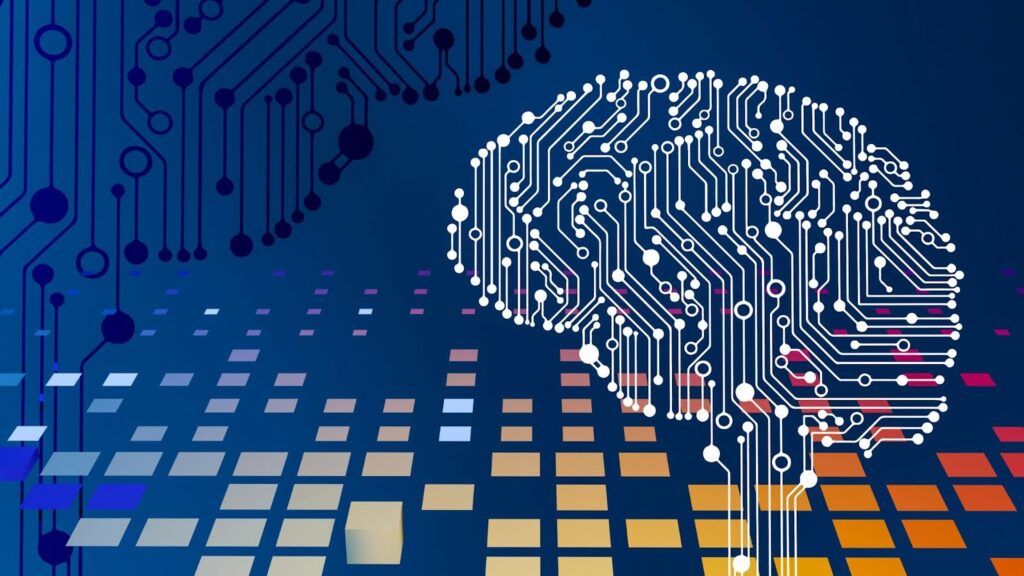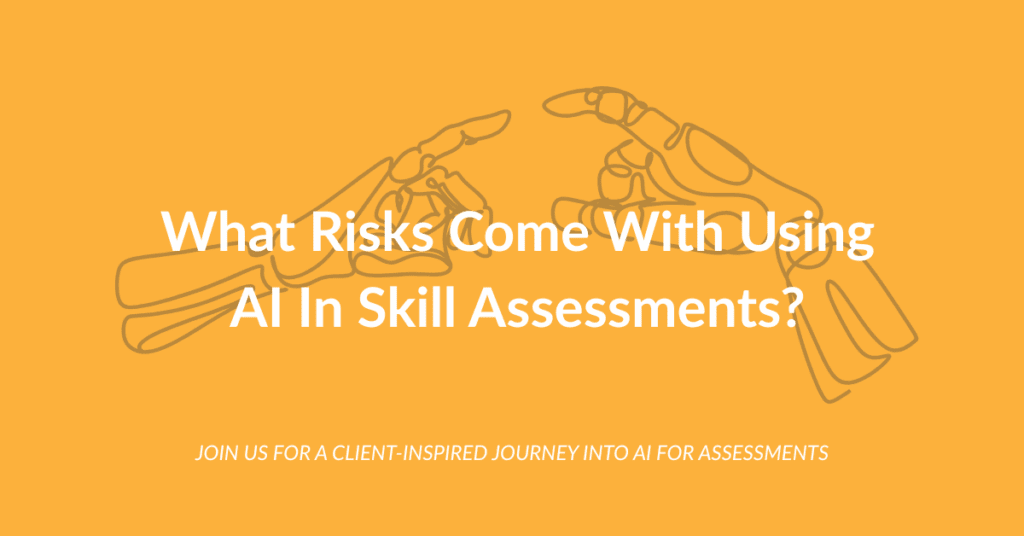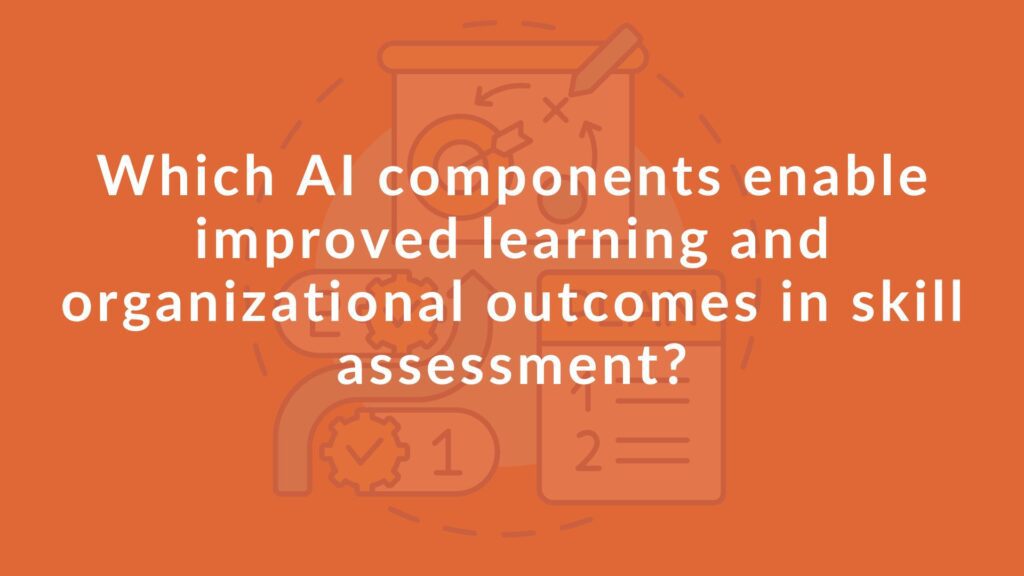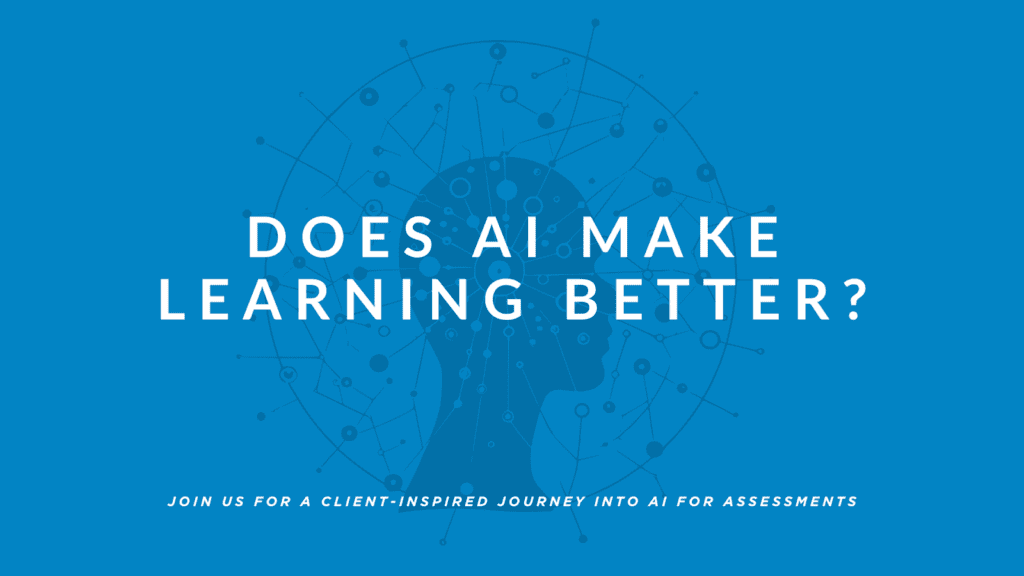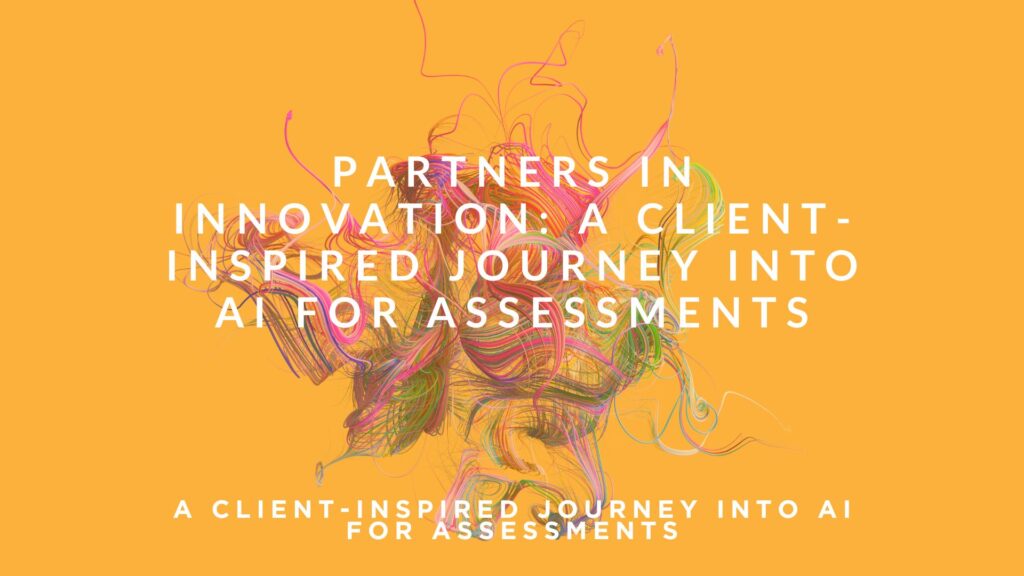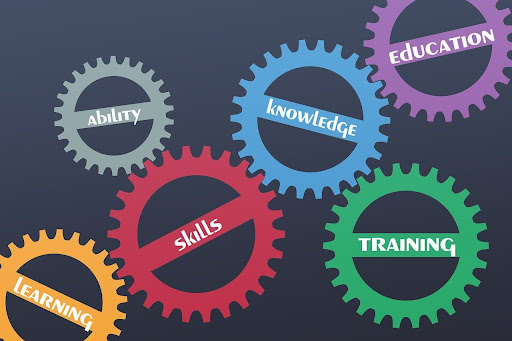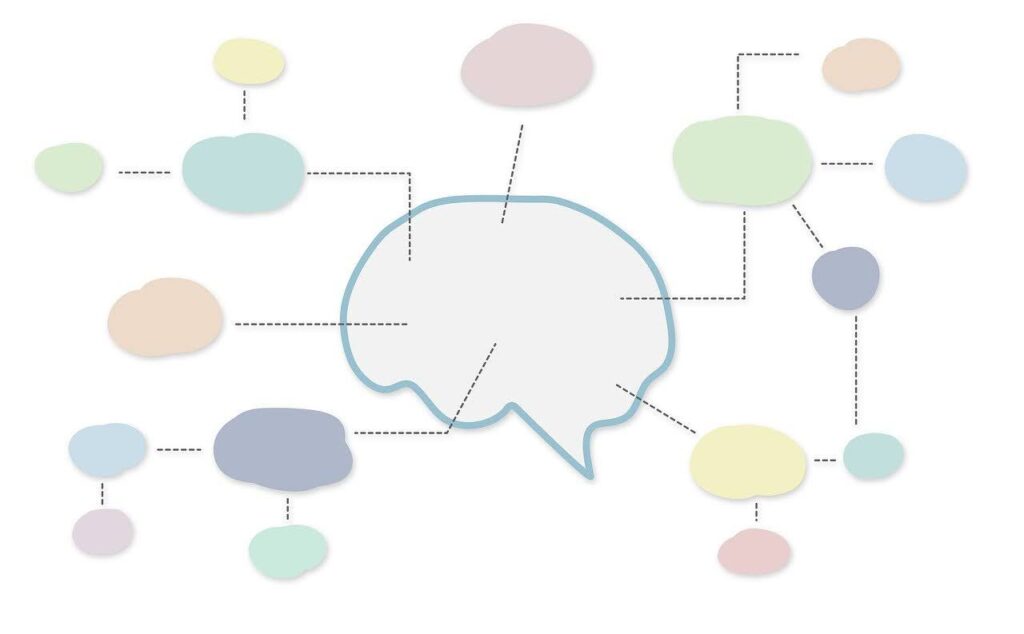
November 18, 2025 |
Emily Justin-Szopinski, Customer Success Manager, and Casey Cornelius, Head of Client Relations & Partnerships, recently hosted a webinar going over some key learner engagement strategies frequently put to work in the L&D space, and how CredSpark’s L&D clients can leverage these strategies in a way that balances intention and impact.

